Complied & written by Jonathan Rudd
While Yorkshire is full of natural wonders to feast our eyes on, there are also many feats of mankind throughout the county. Here’s a look at some of the man-made structures which help make Yorkshire great.
1. York Minster
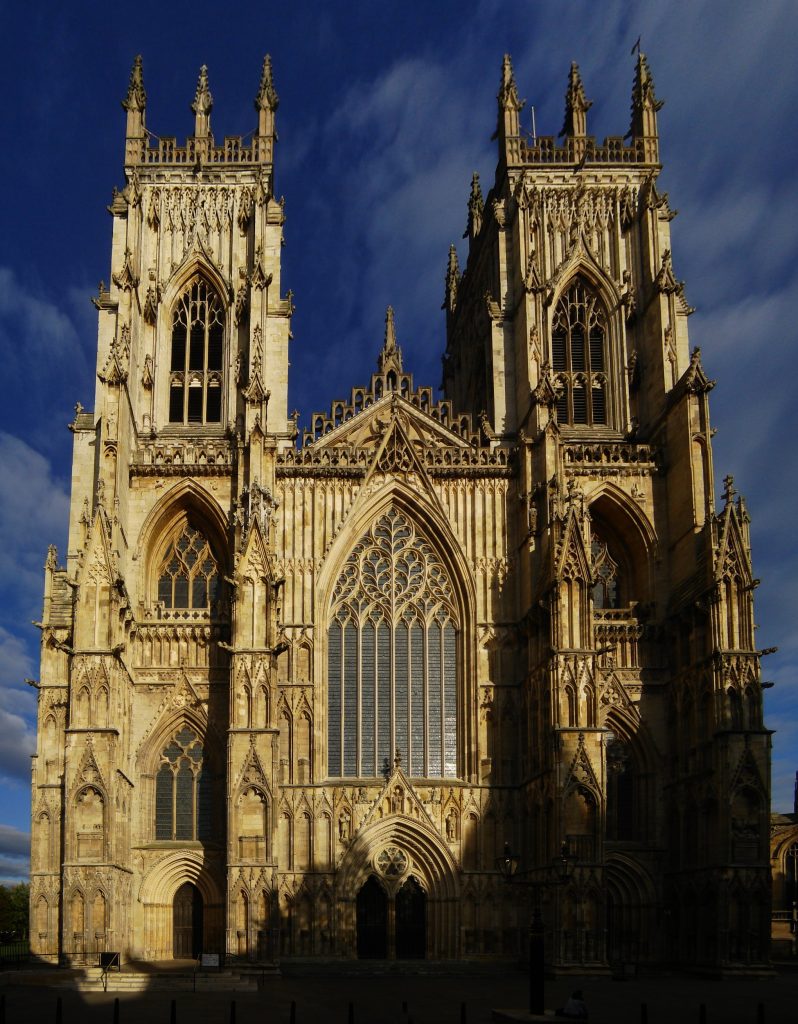
York Minster is arguably the most impressive man-made structure in God’s Own County. It took 250 years to build, through several generations of stonemasons and builders. It was consecrated in 1472 and is the second highest office of the church in the country after Canterbury. Amongst its many delights is the largest expanse of stained glass in the world, a gothic style interior, beautiful carvings inside and out, plus a 71m high lantern tower, which weighs the same as 40 jumbo jets. Whichever way you look at it, York Minster is a truly remarkable human achievement.
2. The Humber Bridge
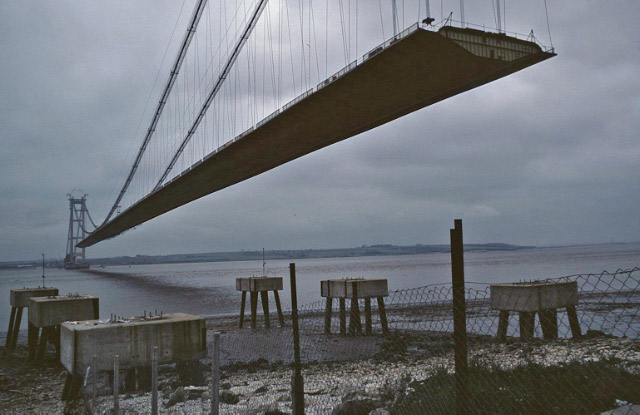
It took until as recently as 1981 to solve a problem first encountered by the Romans, how to cross the Humber Estuary without getting wet. Their solution was Doncaster, but modern man’s answer came with the then longest suspension bridge in the world. Proposals for a crossing, which replaced the ferries across the water was first mooted as early as 1872, when engineers at the time proposed a tunnel underneath the shifting sands. Different ideas about bridges appeared for nearly 100 years after until a suspension bridge was approved in 1959. It still took until 1973 for construction to start on the 7,283ft long bridge. The two towers are 510ft high and the roadway is made up of 124 sections, weighing 140 tonnes, roughly the same as a whale. At the time of its construction it was the longest suspension bridge in the world.
3. The Emley Moor TV Mast
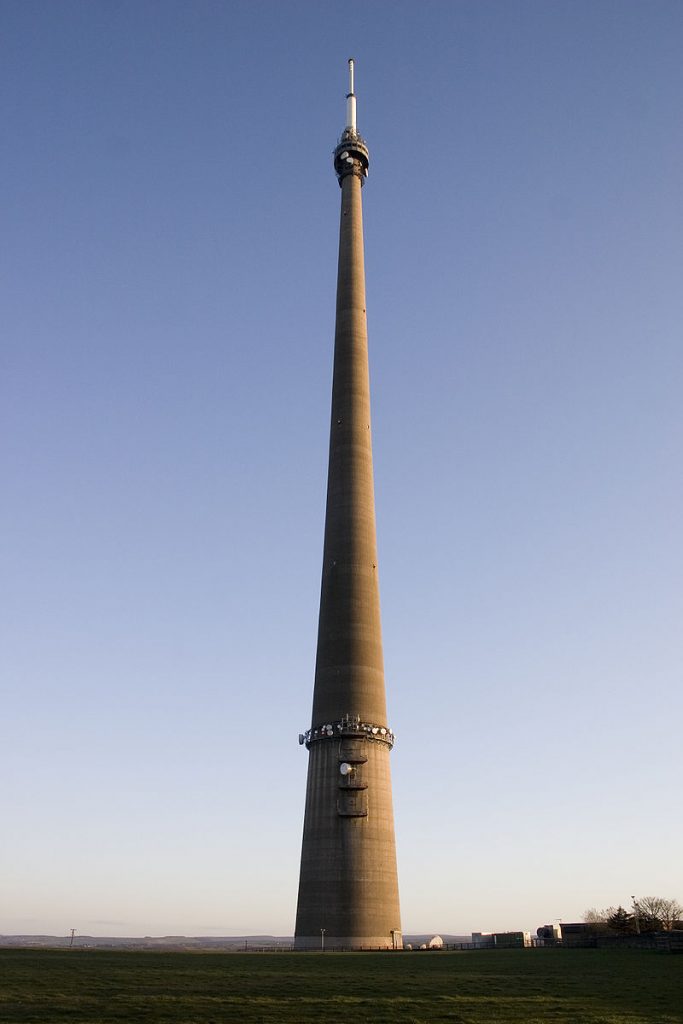
Tall- The TV mast on Emley Moor is the highest free standing structure in the UK. Source: Alan Zomerfield Wikipedia creative commons
The original Emley Moor Television mast was constructed in 1956 to beam Yorkshire TV’s output across the region and Lincolnshire. This collapsed in 1969 after falling due to the weight of ice on top of it. The present one was built in 1971 and started transmitting in colour. It stands 330m tall and the view at the top is amazing. On a clear day you can see The Humber Bridge in one direction and some say, Blackpool Tower in the other. At the time of writing there are two Emley Moor TV masts, with a temporary one being built next to the original, while it undergoes essential work to modernise its transmission, to include mobile and digital signals. While the upgrade will reduce the height of it slightly to 319m the mast will still hold the title of the tallest freestanding structure in the UK.
4. The Middlesborough Transporter Bridge
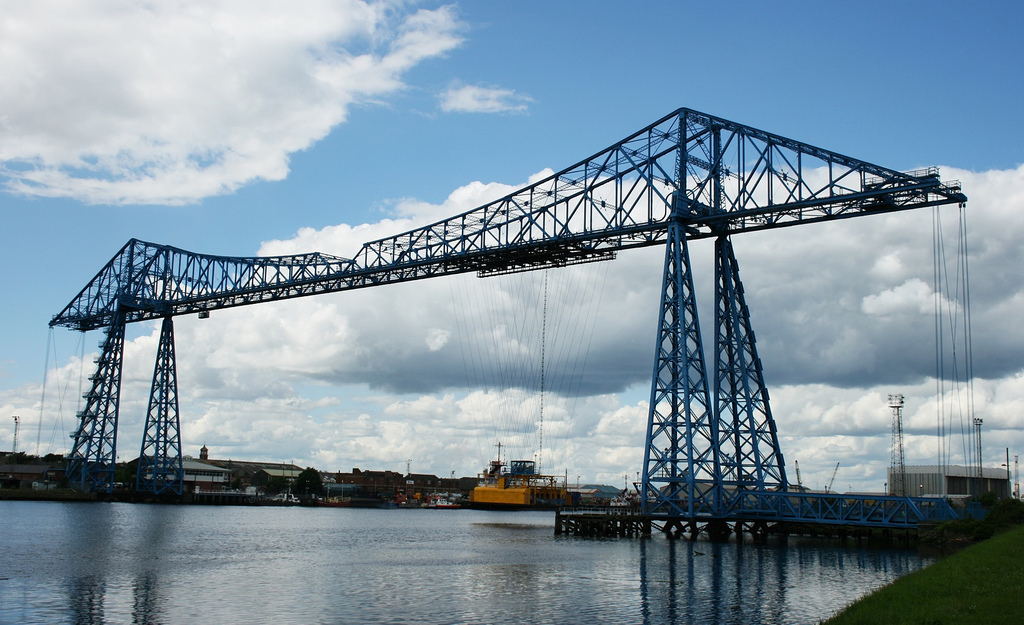
The Middlesbrough transporter bridge is only one of eleven of its kind left in the UK. It took three days to build and opened in 1911. It is 260 meters long and transports cars and cargo over the River Tees at Port Clarence. The gondola can hold 200 people, up to nine cars and one minibus. It is also a tourist attraction and has an accompanying visitor centre. At the time of writing the Transporter Bridge has been closed to the public, so it can undergo essential maintenance to its aging structure.
5. The Ribblehead Viaduct
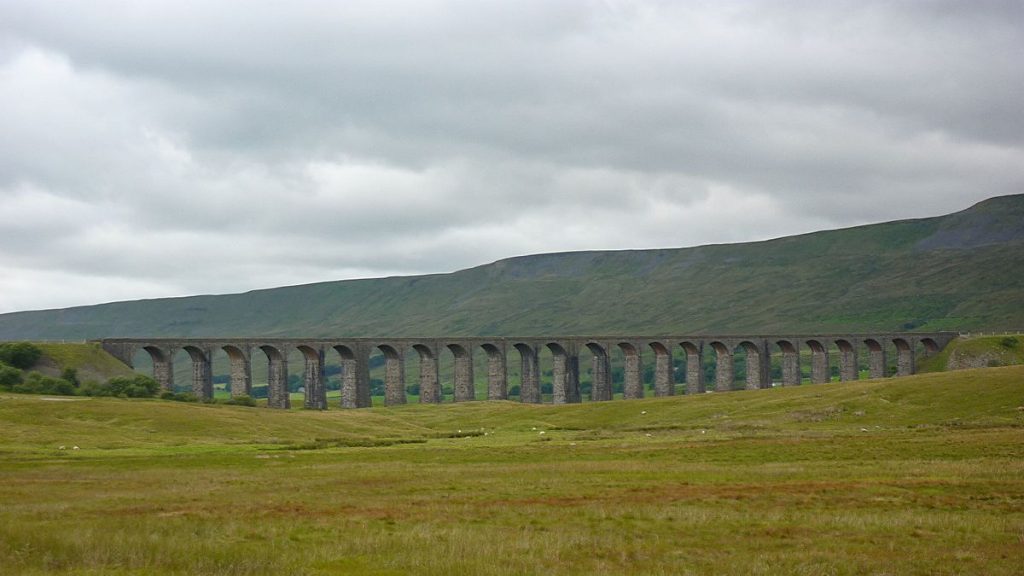
This magnificent structure is set among the three peaks in the Yorkshire Dales National Park. It was built between 1870-74 by navvies, some of which died during its construction and there are commemorations to those who perished. It is 32 meters high, has 24 giant arches and hosts the Settle to Carlisle railway line. The beautiful surrounding hills only add to its drama.
6. The Leeds-Liverpool Canal

The Leeds-Liverpool canal is the longest in England and has a total of 91 locks. While only 42 miles of the full 127, which stretches over to Merseyside is in Yorkshire, it is still a great feat of engineering to build a flat canal amongst the surrounding hills.
The Leeds Liverpool Canal was started in 1770 and the oldest part of the waterway was opened between Bingley and Skipton three years later. Along the Yorkshire part of the canal are some significant pieces of engineering, including the Bingley Five Rise Locks and the seven arch aqueduct over the River Aire near Saltaire. It was used originally to transport cloth and other materials made by the factories and mills which lay along its course to Liverpool for exportation. As these industries stopped during the 20th century it has become use for leisure, with houseboats moored at various points along the way.
7. The Aire-Calder Navigation System
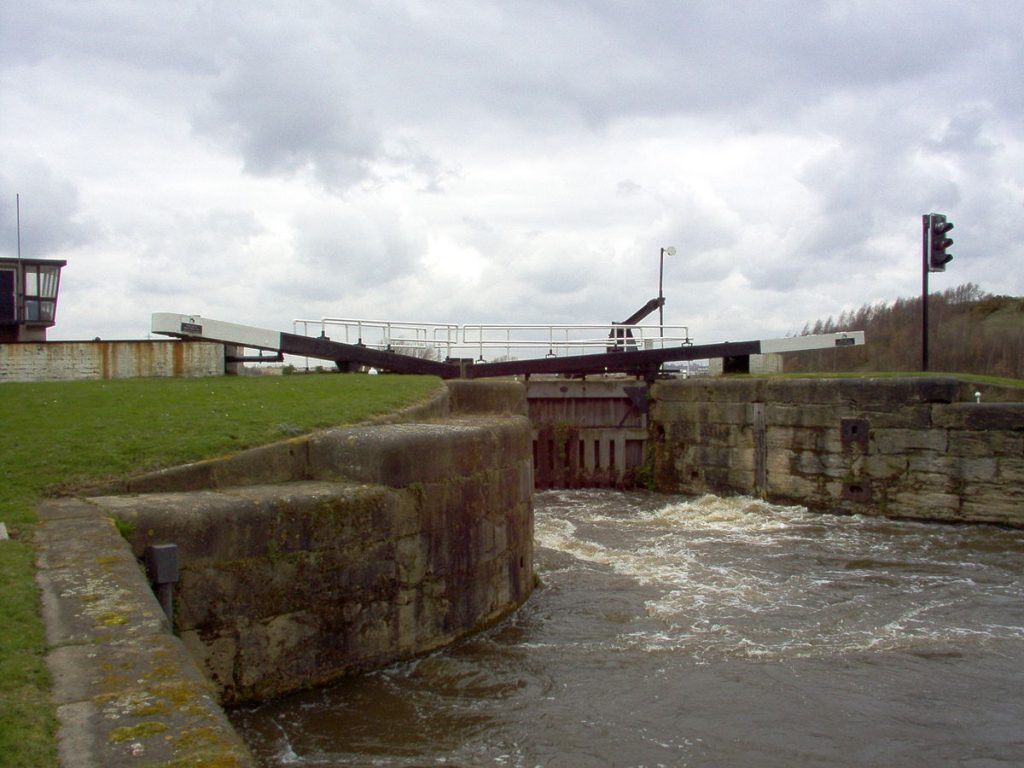
The Aire Calder Navigation System was opened in 1700 due to the conversion of these rivers into navigable waterways, which importantly made the developing cloth industries of West Yorkshire accessible to the Humber estuary. Until then, the River Aire was navigable only up to Knottingley, which at the time made it an important trading post. Bit by bit the navigation system was put together, starting in 1700 and through the 18th Century with extra canals built at Selby, Castleford and Hunslet, which successfully completed the Aire Calder jigsaw. This manmade trading network laid the foundations for the rampant industrial growth which followed in the 19th Century, enabling the products made in West Yorkshire to be exported from Hull and Goole, while also accessing raw materials, such as coal from South Yorkshire to fuel their mills.



